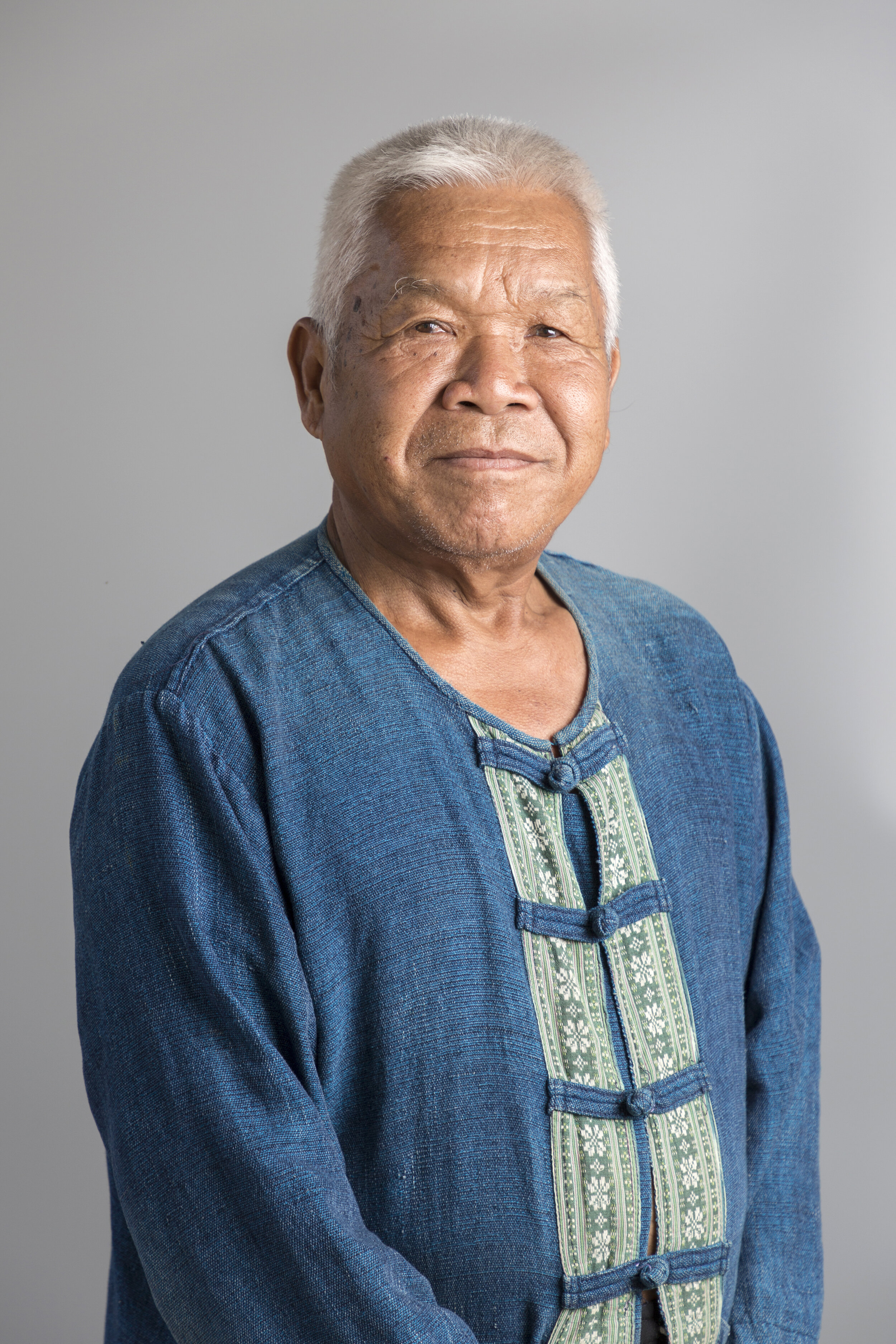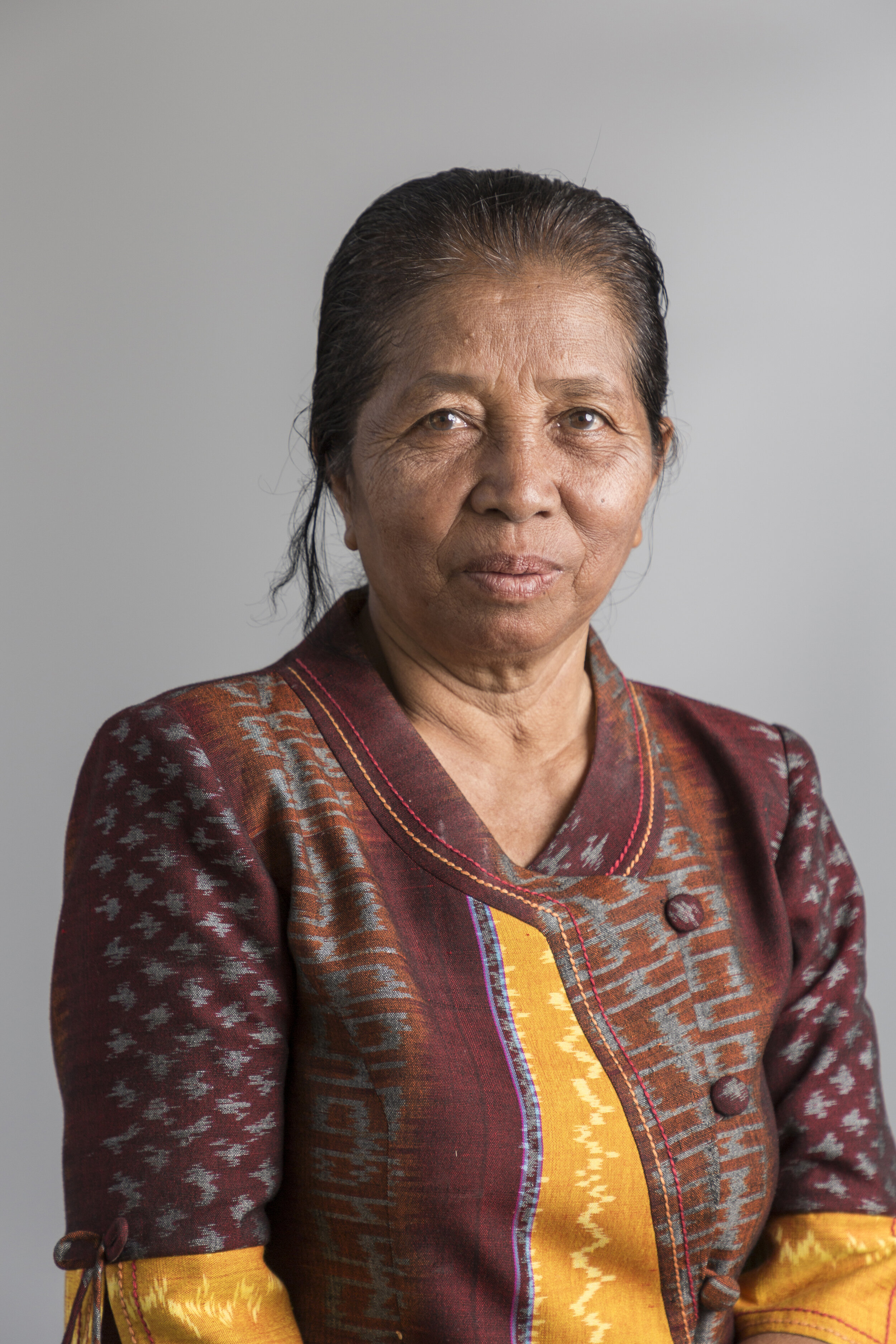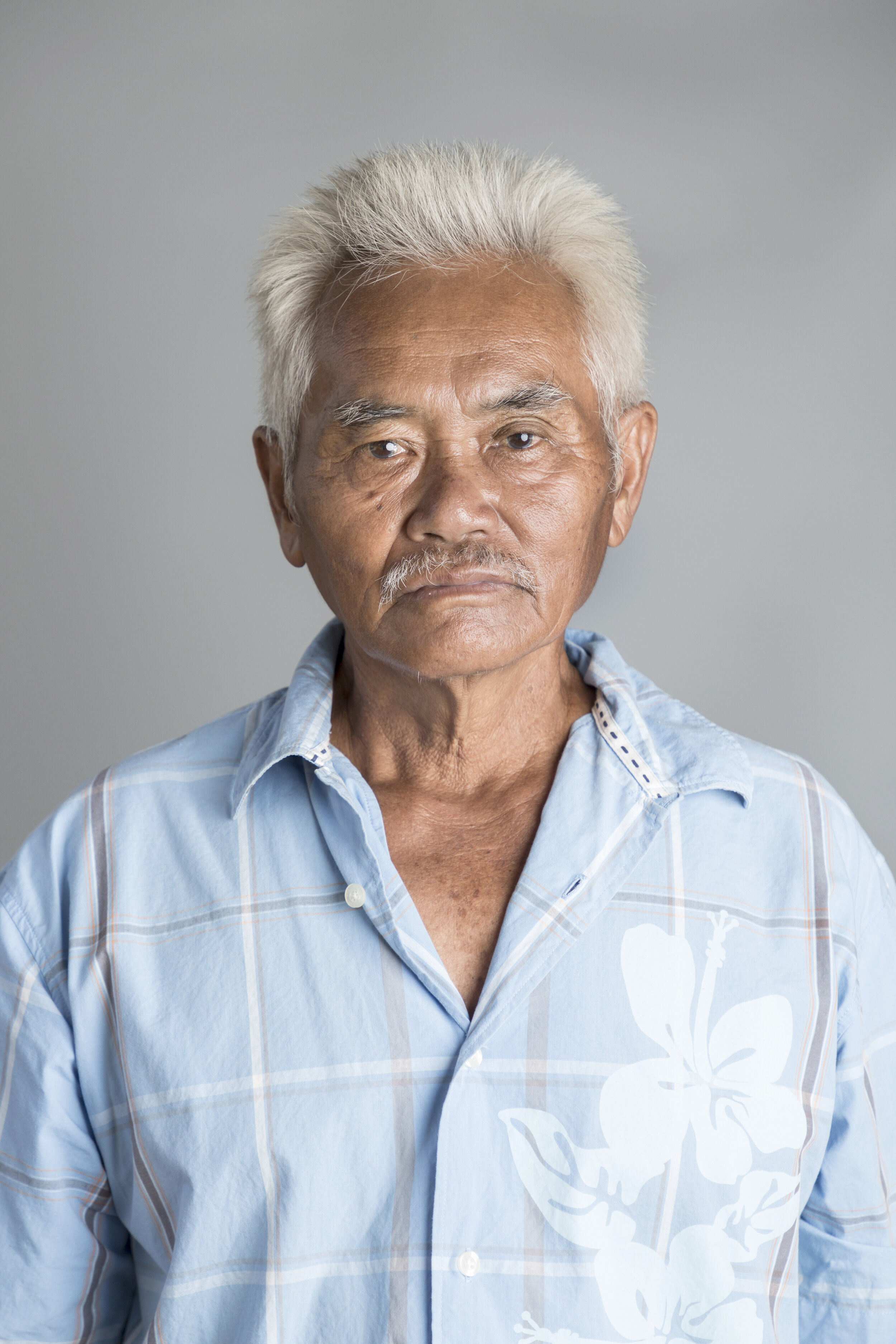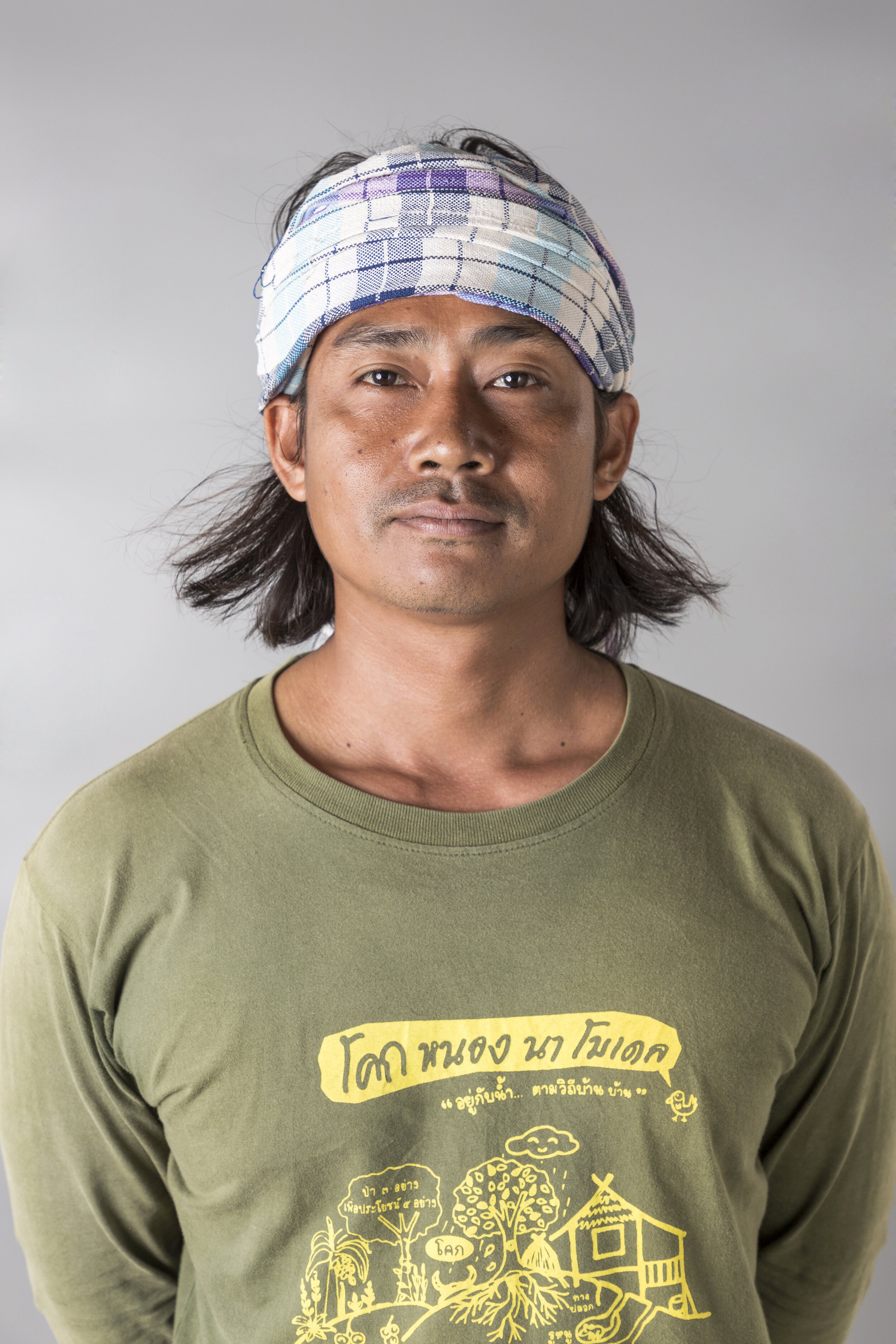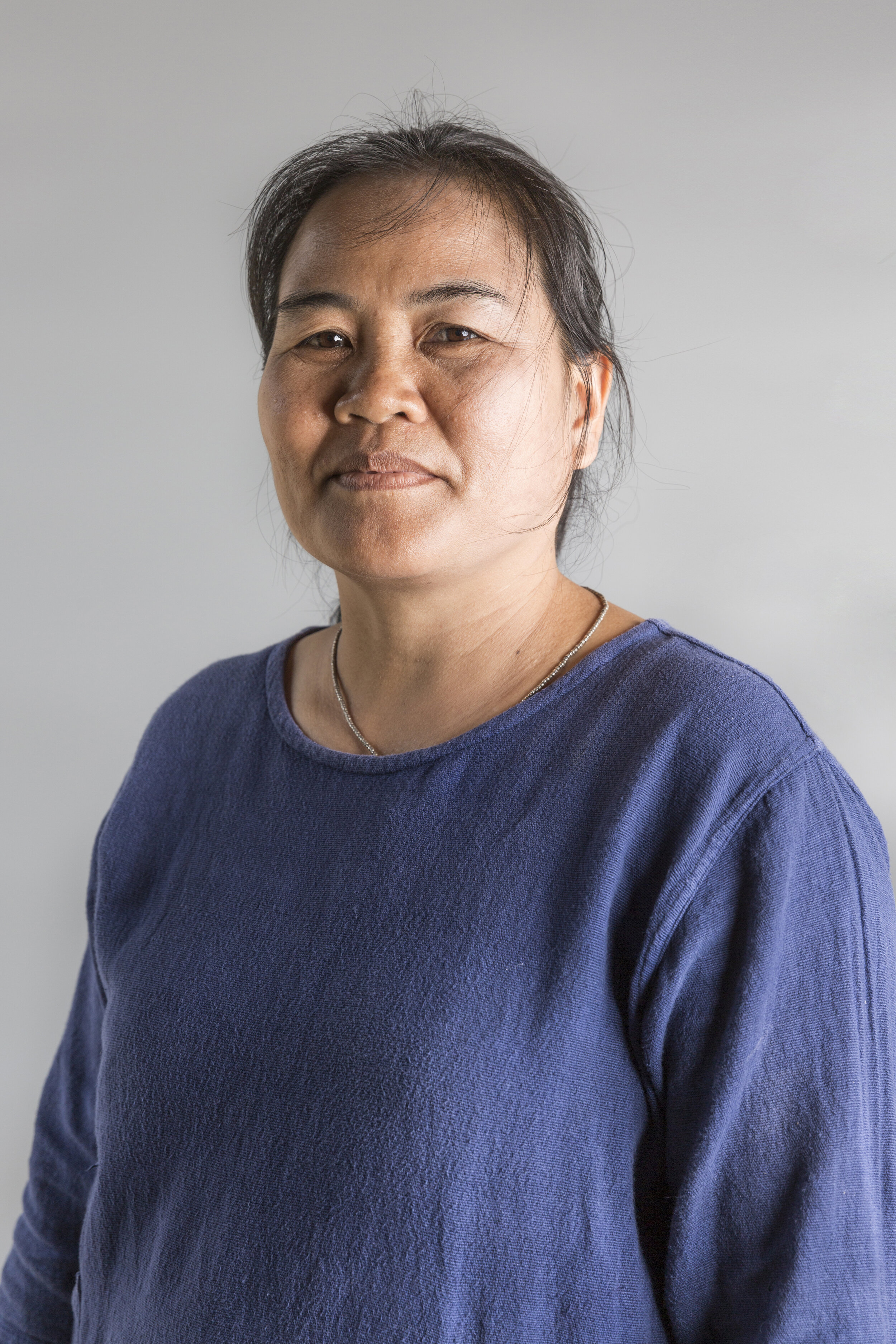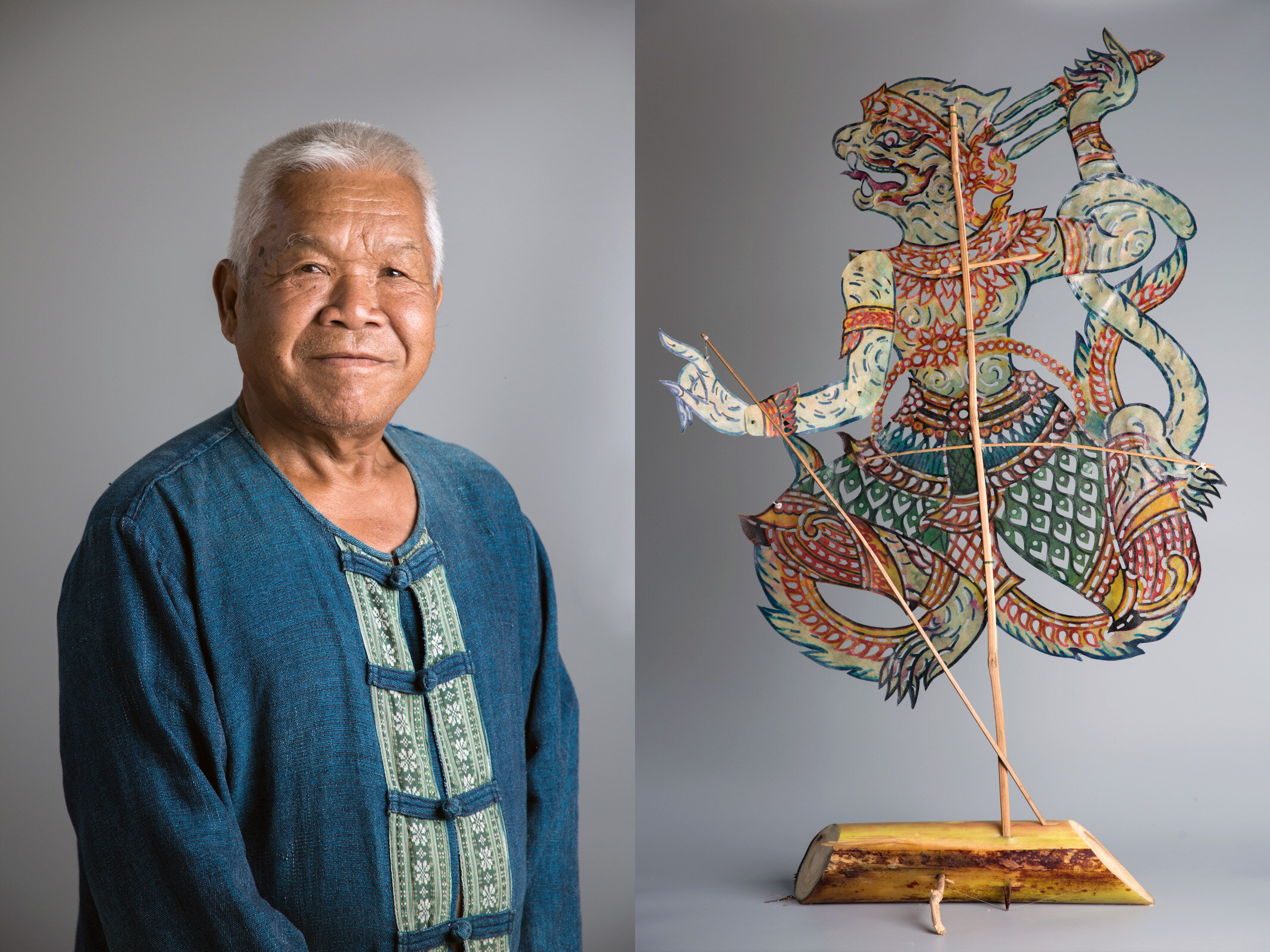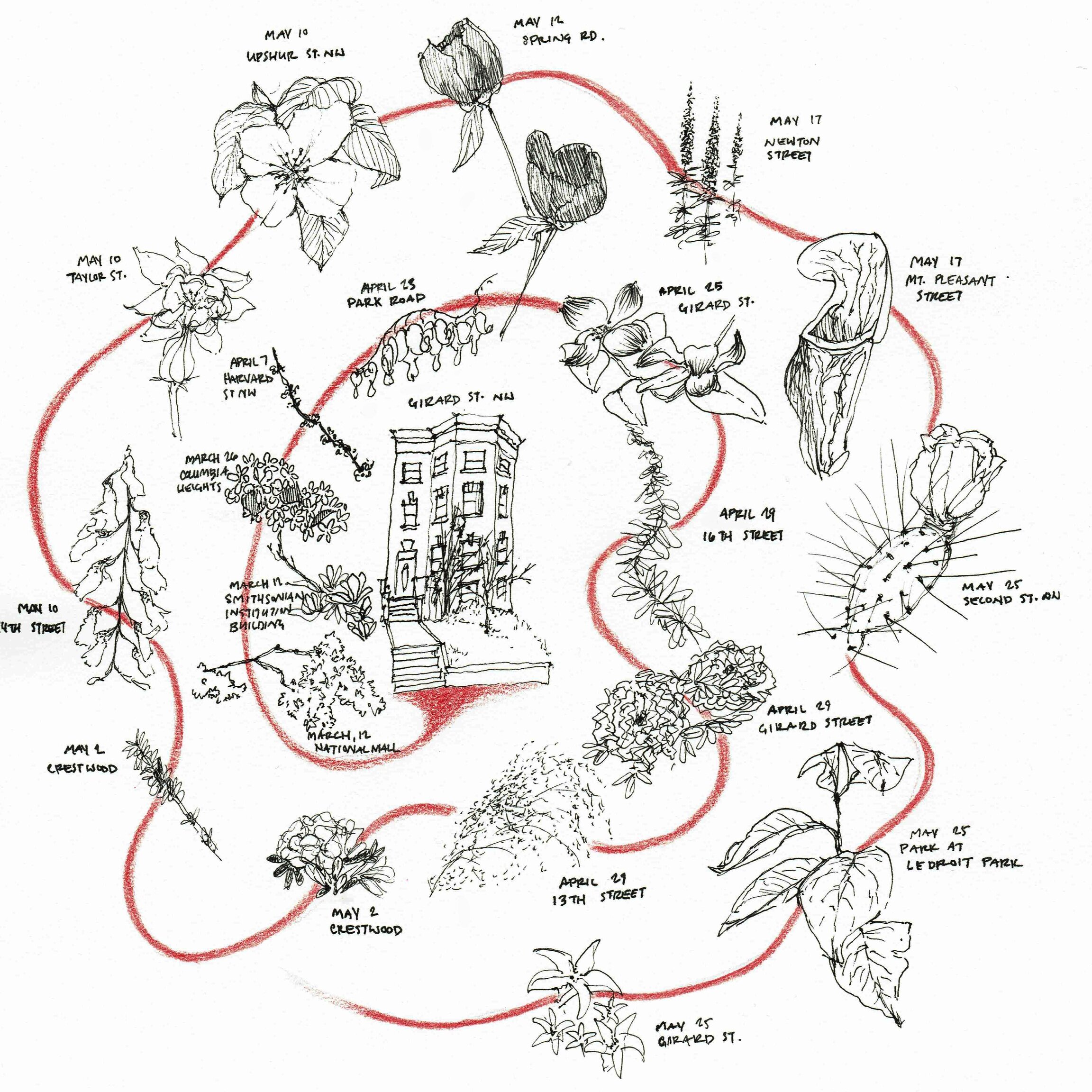
Visible Ghosts of Isaan
Exploring the Political Ebb and Flow of The Mun River
Visible Ghosts of Isaan is an innovative research project that illuminates villagers’ evolving relationship to the Mun River and wetlands over the past quarter century through objects, maps, and citizen science research. Since its construction in 1992, the Rasi Salai Dam in Thailand displaced people, violated their rights, and destroyed natural resources. This storytelling project offers creative ways to elevate community voices, foster local leadership and autonomy, and generate a shared and nuanced understanding of environmental health issues that impact the human condition.
-Praveena Fernes, Curator
From September 2019-July 2020, Praveena used citizen science, objects, and maps to tell the story of Rasi Salai and invite a dialogue around identity, environmental health, and neighborhoods as a unit for change. Artwork by Molly Marie Gurney.
Power of Place-Based Storytelling
Citizen Science
Our research team employed Stanford’s Discovery Tool to meet villagers’ request to document the Rasi Salai Dam’s impacts on community health and wellbeing, and empower participants to create change.
Objects
Twenty villagers, who have lived in Rasi Salai before and after the dam, share their changing relationship to their homeland through objects.
Maps
In the same spirit of our research’s mapped walks, I asked friends around the world to chart their “now.” Like photographs and personal objects, these autobiographical maps make the invisible, visible.

